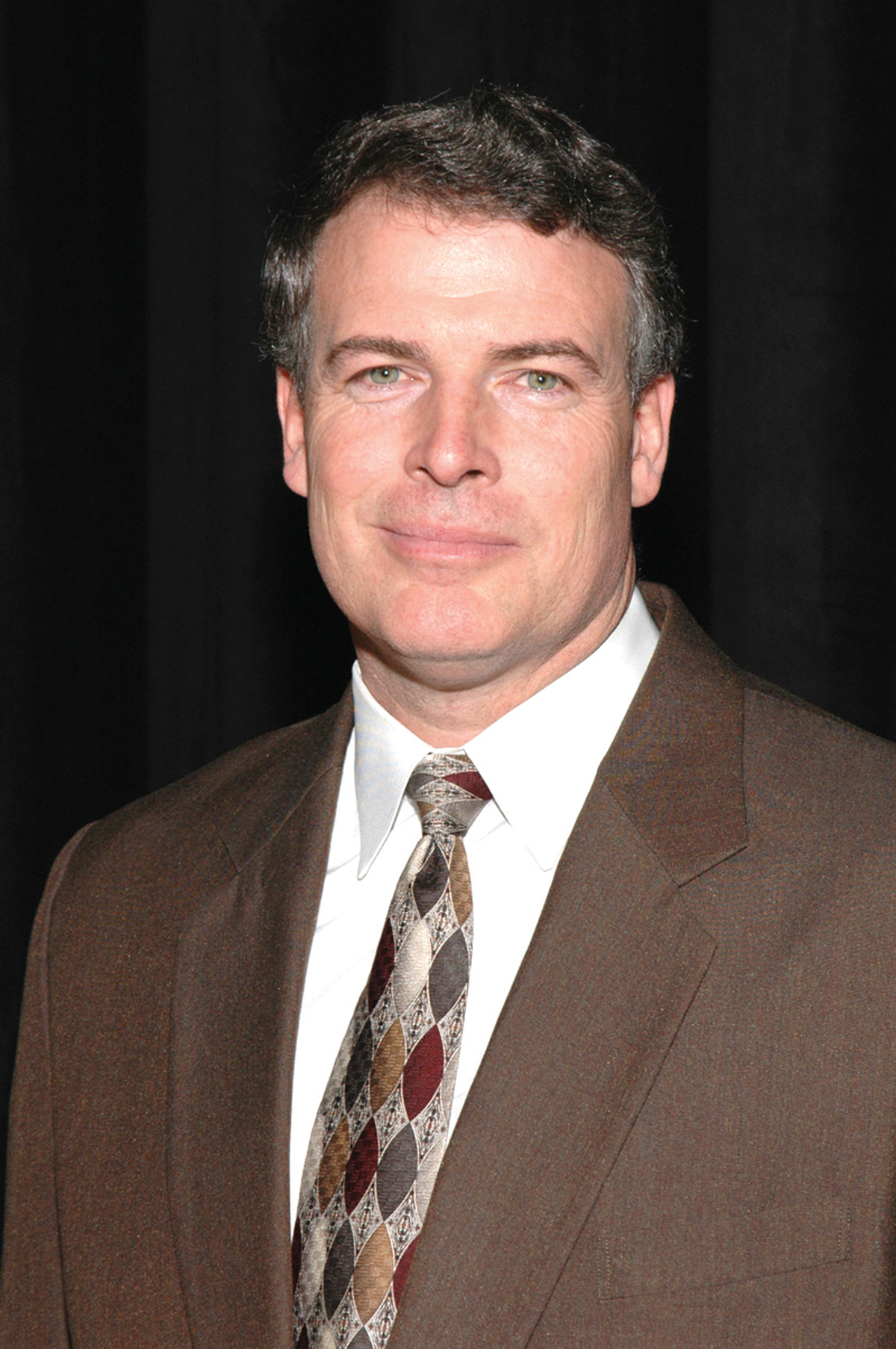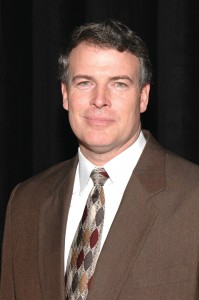
Pete Bunce, GAMA president and CEO, said he hoped Congress will be able to slam shut the “Pandora’s Box of user fees” opened by the Bush administration’s recent proposal to scrap “a sound system of current aviation excise taxes.”
By Karen Di Piazza
On Feb. 5, the Bush administration released its 2008 fiscal year budget. The budget includes a reauthorization proposal that transforms the Federal Aviation Administration’s excise tax financing system into a cost-based, overall user-fee system to pay for air traffic control modernization. Under the FAA’s present tax structure, which expires Sept. 30, the Department of Transportation said current users don’t pay enough to cover the costs of FAA services provided. Many in general aviation feel that this funding scheme will help airlines knock GA aircraft out of the skies.
Ed Bolen, National Business Aviation Association president and CEO, has always maintained that the airlines would like to see GA disappear, but he vows the user-fee fight is far from over.
“The GA community has long stood at the forefront of efforts to transform the nation’s aviation system to meet the needs of the future,” he said. “We will continue to work with the FAA to make the next generation aviation system a reality. But it appears that after more than a year of intense lobbying by the nation’s big airlines, the White House has decided to introduce a budget that shifts airline costs to other segments of the industry and gives airlines more control over the air traffic system.”
He says that the NBAA and the rest of the GA community will oppose “this toxic mix of higher taxes, new fees and airline control.”
“The current approach to funding and oversight is efficient and has no need for radical ‘fixes’ like those proposed in the budget,” he said. “We’re confident that the tens of thousands of small and midsize businesses that rely on GA will have support from those who oppose new government bureaucracies and care about small and rural communities without good access to airline service.”
According to GA industry associations, the Aviation Trust Fund has traditionally paid for the majority of the FAA’s budget. The trust fund receives revenues from federal excise taxes on aviation fuel and taxes on airline tickets and air cargo bills. The general fund has been the source of nearly 25 percent of the FAA’s budget to continue providing safe, regulated air transportation. GA trade groups assert that if the FAA knew know how to operate like a real business, it wouldn’t claim that the funding system is broken.
Pete Bunce, General Aviation Manufacturers Association president and CEO, doesn’t favor the Bush administration’s move to scrap what he believes is a sound system of current aviation excise taxes.
“With this proposal, the Bush administration opened a Pandora’s Box of user fees, which I can only hope Congress will be able to slam shut,” he said.
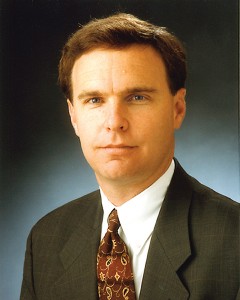
Ed Bolen, NBAA president and CEO, said the current funding and oversight approach is efficient and doesn’t need the radical fixes in a proposed budget giving airlines more control over the air traffic system and shifting costs to other industry segments.
On Feb. 8, three days after the White House released its budget, Bunce attended a Senate Appropriations Committee hearing on transportation. After he provided GAMA’s information to the committee, Senator Sam Brownback (R-Kan.) concluded that user fees would actually produce fewer funds to modernize the nation’s ATC system.
“How can you say your funding proposal is needed to modernize our nation’s ATC system when you would raise less revenue over the next five years?” Brownback asked Secretary of Transportation Mary Peters. “The Bush administration’s budget documents show that between 2008 and 2012, the new user-fee scheme will raise approximately $1 billion less than the current funding mechanism.”
Meanwhile, Bunce said he’s happy that members of Congress are starting to ask tough questions about “this ill-advised funding scheme.”
“We hope that more members of Congress will challenge the Bush administration’s rhetoric that our aviation system can’t be modernized without implementing user fees,” he said.
Opponents of user fees feel that Peters and FAA Administrator Marion Blakey haven’t proven their case. GA trade associations have asked Blakey to unveil the agency’s detailed funding plan, but say they’ve been left in the dark.
The DOT maintains that under the White House’s budget, the FAA would have the authority to collect user fees that directly offset the cost of its operations. The DOT explained that those fees would be determined later, during the appropriations process. The agency said that user fees would be collected from commercial aviation operators, while GA users would continue to pay a fuel tax. But user fees and fuel tax rates would be calibrated based on the costs that users impose on the system. The FAA would also be able to charge all users a fee for operating in the nation’s most congested airspace. The exact cost for commercial or GA operators hasn’t been unveiled.
The DOT’s funding summary explains that the Airport and Airway Trust Fund will continue to fund several programs through user fuel taxes, including the Airport Improvement Program, a government grant program. However, the Bush administration’s budget proposes cutting nearly $800 million from the AIP, which the GA industry finds equally unsettling.
James K. Coyne, National Air Transportation Association’s president, warns that cuts in the AIP would cripple many GA airports, resulting in major job losses.
“The 2008 budget proposes funding the AIP at a level of $2.75 billion, compared to the $3.5 billion under which the program currently operates,” Coyne said.
He added that the overall FAA budget request of $14 billion, up from $13.8 billion requested last year, makes a difference. Coyne said it’s imperative that Congress restores AIP funding to a level of at least $3.5 billion. He stated that when the Bush administration previously called for AIP cuts, Congress restored funding levels.
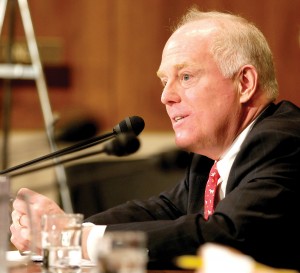
The budget proposes cutting nearly $800 million from the Airport Improvement Program. James K. Coyne, National Air Transportation Association’s president, warns that cuts in the AIP would cripple many GA airports.
“By shortchanging a valuable AIP, the Bush administration guarantees that large airports will receive a disproportionate amount of AIP funds at the expense of rural and GA airports,” he said. “Such a low funding level would essentially eliminate support for GA airports within the AIP. For some GA airports, it’s the only guaranteed funding they receive.”
Phil Boyer, Aircraft Owners and Pilots Association president, said that special interests in Washington, D.C., are coalescing to destroy our nation’s aviation system.
“This is real, and it’s just as bad as we thought it was going to be,” he said. “It’s going to take an all-out fight by the aviation community to defeat this. We’re turning to Congress to combat such an ill-conceived funding scheme. President Bush released his $2.9 trillion spending plans in four massive volumes. The budget’s overarching philosophy is to increase military spending while squeezing the rest of the government. Unfortunately, the proposal would radically alter the funding mechanism for the world’s largest, safest and most successful ATC system.”
He said the FAA’s motivation for user fees is self-serving.
“User fees are different than taxes; the source of funding would allow the FAA to sidestep the congressional budget process,” he said. “The agency could spend the money the way it wants, without congressional scrutiny, and use the fees to fund its manufactured budgetary crisis. Meanwhile, the White House Office of Management and Budget wants to spend less from the Treasury’s general funds to help reduce the budget deficit. The airlines simply want to wrest control of the system and use it for their own benefit.”
Citing the Treasury Department’s data, Boyer said taxes are the most efficient and cost-effective way to fund the FAA.
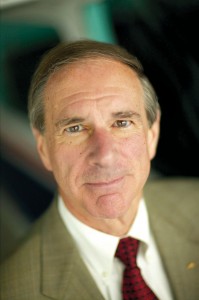
Phil Boyer, Aircraft Owners and Pilots Association president, said that special interests in Washington, D.C., are coalescing to destroy the nation’s aviation system. “It’s going to take an all-out fight by the aviation community to defeat this,” he said.
“The collection costs amounted to a mere 0.001 percent of the total raised for the Aviation Trust Fund,” he said. “A complicated user-fee system, with the legions of clerks, accountants and managers needed to send out, process and collect bills, couldn’t be nearly as cost effective.”
Boyer said that if the current funding system was continued, the surplus in the Aviation Trust Fund would exceed $7 billion by 2012, while providing some $20 billion over the next five years for FAA capital expenses. That would include ATC modernization as well as the $3.7 billion yearly contribution to airport infrastructure.
“The GA community strongly supports modernizing the air transportation system, to reduce costs and improve efficiency, but the FAA doesn’t have a final system design,” Boyer said. “The FAA just thinks that whatever it picks will cost as much as $20 billion. No matter what the FAA does to improve capacity and efficiency in the sky, it can’t fix a system in which the airlines schedule 50 aircraft onto a runway that can handle only 30.”
The worry that airlines will control the ATC funding system particularly upsets many of the nation’s private aircraft owners, pilots, GA operators and manufacturers. GA trade associations agree that the numerous user-fee proposals that have been proposed in the past have proved one thing: an airline-dominated board would remove spending decisions from Congress.
“The airlines would have a strong hand in determining what they charged themselves and other minority system users,” Boyer said. “Nothing in the user-fee proposals addresses the issues of future airspace capacity, new technology, increased efficiency and more runway capacity. You have to wonder: What’s in it for the airlines? Because user-fee systems that have been implemented outside of the U.S. have proven to be expensive, complicated, financially unstable and harmful to the average citizen flying an aircraft for business or for personal transportation.”
This is GA’s war to lose. Your trade associations need you to become involved—more than ever—to fight user fees.
For information on how to lobby Congress opposing user fees in the U.S., visit [http://www.nbaa.org], [http://www.nata.aero], [http://www.aopa.org] or [http://www.gama.aero].











